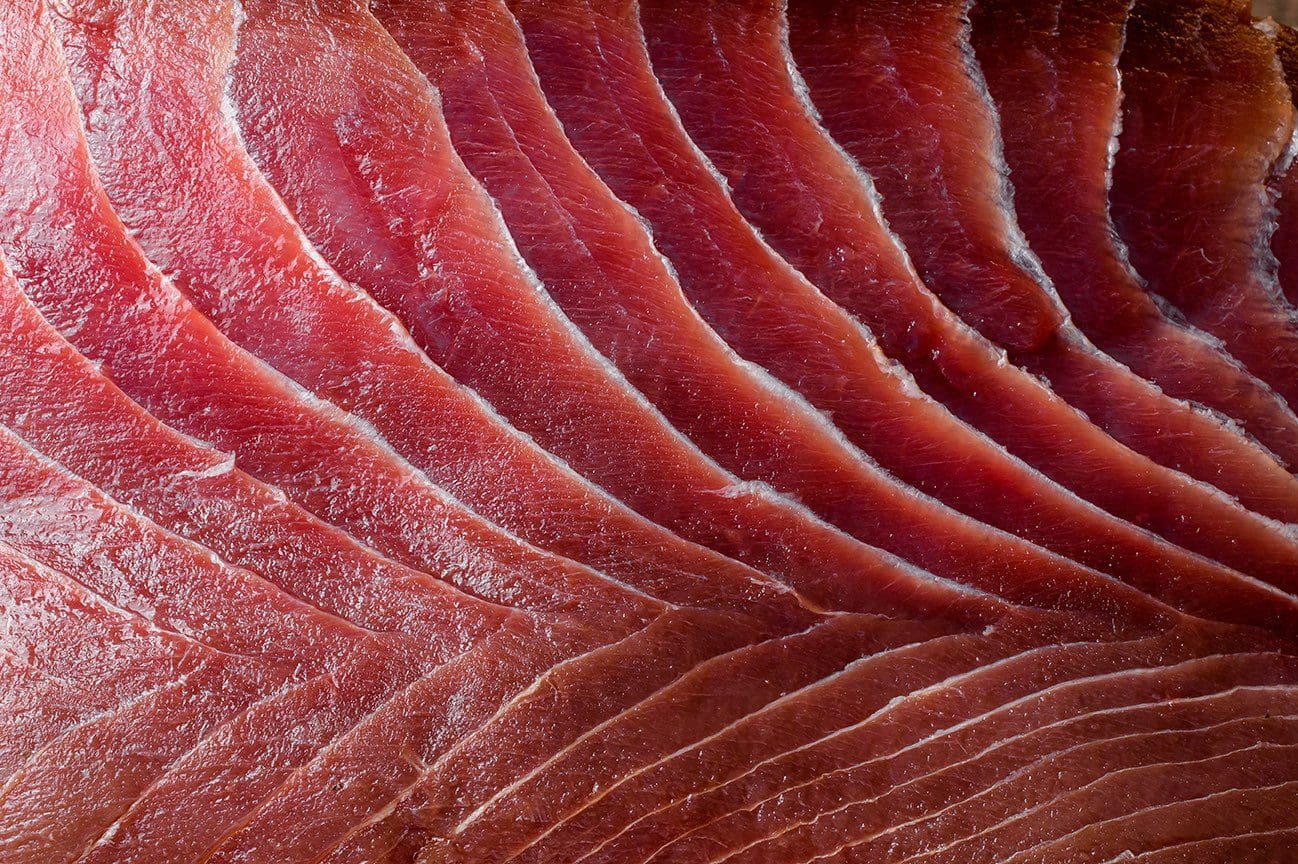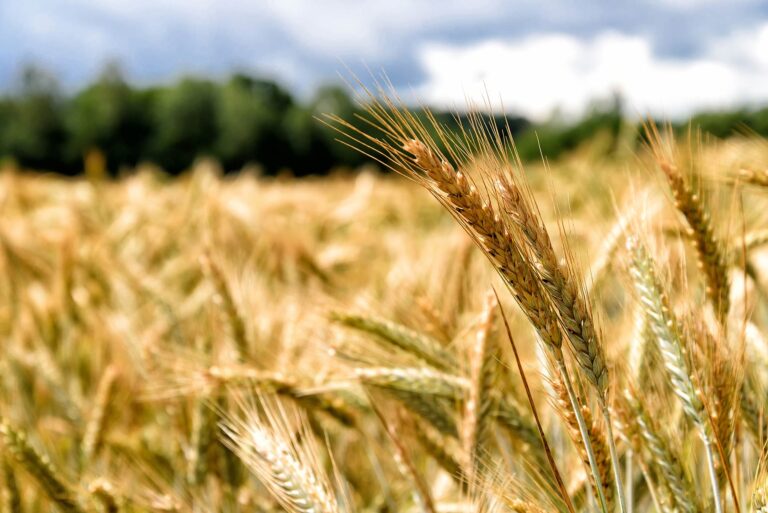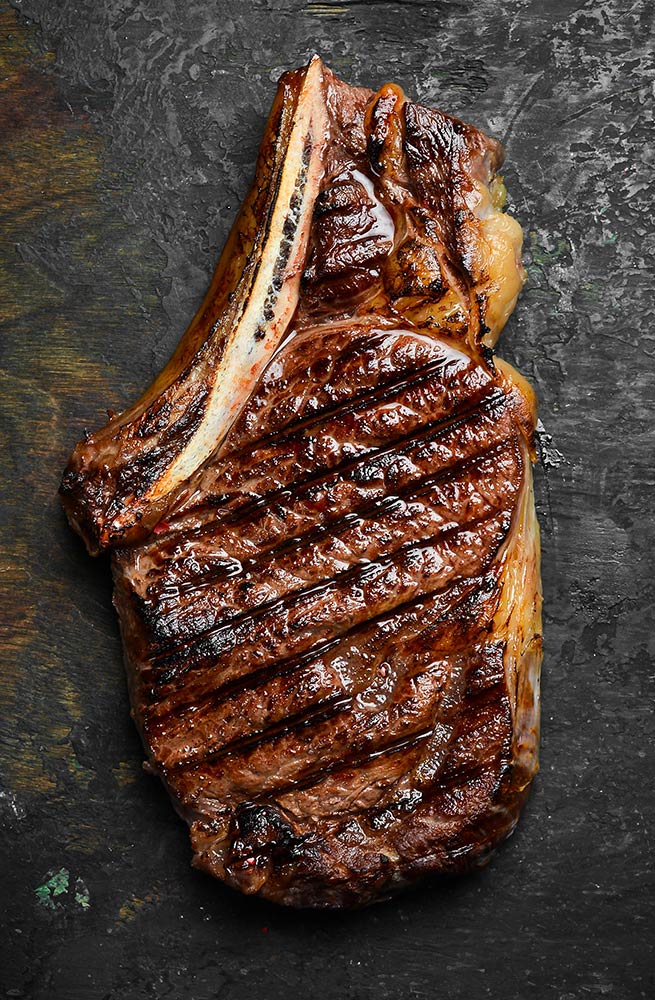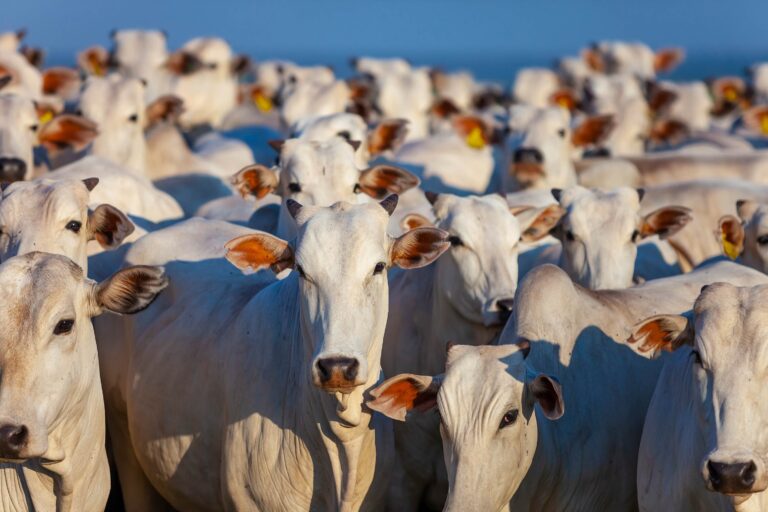Salmon by-products: enhancing pet food nutrition
As you stroll through the pet food aisle, one thing becomes abundantly clear: it’s not just expanding, but also becoming more specialized. Gone are the days of the simple kibble—today’s pet owners are investing more in their pets’ diets, paying close attention to every ingredient.
Salmon has emerged as a prominent player in pet nutrition, joining traditional proteins on store shelves. This growth has sparked increased interest in the salmon industry, particularly regarding its by-products, prompting inquiries about where to find detailed information.
The leading countries supplying salmon by-products to the U.S. market as of 2024 are Chile, Norway, Iceland, Poland, and Thailand. These products include salmon meal, salmon oil, and salmon-based pet foods, ranging from finished items to ingredients destined for further processing into pet treats and supplements.
Beyond pet food, salmon by-products find applications in diverse industries such as supplements, pharmaceuticals, cosmetics, and animal feed for livestock and aquaculture.
Urner Barry by Expana plans to introduce a comprehensive pricing index for salmon by-products. This index will cover a range of products including salmon slurry (mechanically separated salmon), salmon meal, and various parts like heads, tails, bellies, and frames. Countries contributing to this market include major salmon producers like Norway, Chile, Iceland and Canada, as well as other processing hubs such as Germany, the Netherlands, China, and Thailand.
Urner Barry by Expana already provides similar reports for poultry by-products and red meat by-products. As the pet food sector continues its rapid expansion, we aim to contribute clarity and insight to this dynamic industry.
Korea’s 1H beef imports dip 3.6% YOY amid weak demand, market shake up looms over FTA
In the first half (1H) of 2024, Korea’s beef imports decreased by 3.6% year-on-year (y-o-y), totaling 248,113 metric tonnes (mt), according to Korea Customs Service data. The main suppliers were the United States (48.3% market share) and Australia (44.6%), with New Zealand (3.6%) and Canada (2.7%) making up the remainder.
Australia saw a 13.9% y-o-y increase in imports due to higher output and reduced US supply. Conversely, US imports fell by 12.3% y-o-y due to a domestic supply crunch. New Zealand’s exports declined by 14.4% y-o-y as it focused on the more lucrative US market, while Canada struggled with a 28.8% y-o-y drop due to high tariffs and competitive disadvantages.
June 2024 witnessed a dramatic decline in beef imports, with volumes plummeting 13.8% y-o-y and 9.3% month-on-month (m-o-m). The weakness in demand was driven by several factors: South Korean consumers have been shifting towards more economical options like pork and poultry due to economic downturns and higher beef prices. The Korean won’s depreciation has further exacerbated the situation, making beef imports more expensive. Additionally, foodservice operators faced reduced customer traffic, and the seasonal heat dampened beef consumption, particularly affecting high-end and grilling markets.
Despite New Zealand’s steady import levels, growth was limited by seasonal declines and lack of shipping access. Canada’s minimal market presence is a result of high tariffs and competition. Korea is also reevaluating its trade agreements, having recently granted market access to beef from France and Ireland, while other EU countries are still seeking entry.
Scallop market rallies into August
The new scallop fishing season, which began on April 1, 2024, under Framework Adjustment 38 to the Atlantic Sea Scallop Fishery Management Plan, has brought about notable changes. This adjustment has resulted in an estimated harvest of 27.4 million pounds of Atlantic Sea scallops, representing a 2.4-million-pound increase from the previous year and marking the first quota increase since 2019.
Initially, the increase in scallop supply led to a slight softening of prices following the season’s opening. However, upward pressure on U10 scallops was quickly observed as landings of these larger-sized scallops dwindled early in the season. With larger scallops fetching a premium and their availability tightening, buyers shifted their focus to 10/20 and 20/30 size counts. This change in buying patterns caused prices for these mid-range sizes to strengthen earlier in the season than historically seen.
As we enter the fifth month of the fishing season, the scallop market has experienced another rally across various sizes and moisture contents, continuing into August. While the closure of Area I, Area II, and New York Bight scallop access areas are closed to Limited Access General Category (LAGC) individual fishing quota vessels on July 13, 2024, Area II is set to be closed to all scallop fishing from August 15, 2024, through November 15, 2024. This seasonal closure aims to reduce the bycatch of northern windowpane flounder and Georges Bank yellowtail flounder, as seen in previous years, and could contribute to the ongoing supply-demand imbalance during the area closure.
For further insights, please watch our most recent red meat webinar replay.
Written by Nick Wood




